Remote Thermostats Offer Benefits to Buildings without Building Automation Systems
Many buildings and portfolios have straightforward mechanical systems that do not warrant the use of sophisticated Building Automation Systems. In these buildings, remote thermostats offer building managers an opportunity to optimize building operation, comfort, and efficiency by changing set points and schedules remotely. The market for remote thermostats is young but promising, with many market-ready products offering a variety of features and applications. This white paper helps provide building operators with the information they need to take the first steps towards implementation. Read full article
Getting Plug Loads in Check
Plug loads in commercial buildings consume a significant amount of electricity within commercial buildings—as much as 10-60%, depending on the use type. Forecasts predict these numbers could increase by another 30-35% by 2030. This is due to the proliferation of more energy- intensive equipment and the increased use of task lighting to compensate for lower designed overhead lighting levels. To reduce this energy waste, building owners and operators can implement occupancy-based controls to turn off plug loads when workspaces are vacant. Growing numbers of code entities are starting to require plug load control as a method to reduce this energy waste, including in the City of Seattle and statewide in California. Read full article
Demand Response in the Pacific Northwest
Buildings’ demand for power varies with time of day, climate pattern, and seasonal dependencies. During hot summer days, demand for electricity peaks in the afternoon and early evening as a response to space cooling needs. In the winter, demand for natural gas peaks in the early morning as businesses start up and again in the evening when homes are reheated or cooled. As a power utility’s customer base grows over time, its peak demand grows with it. Without significant conservation measures or adequate infrastructure, the strain on the electrical grid caused by peak demand periods can result in “brownouts” (a drop in system voltage) or “blackouts” complete power outages. Read full article
Advanced Lighting Technologies
Throughout the history of lighting, few periods have experienced such rapid evolutionary changes as have occurred during the past few years. Technological advances, primarily in the realm of LED technology, and the rediscovery of time-tested lighting design principles have created a lighting renaissance for the building industry. Such advances are further propelled by increasingly aggressive federal and state targets to reduce energy—some buildings are subject to the goal of “net zero,” which means that buildings will soon need to produce as much energy as they consume. The DOE is advocating through various codes to adopt energy saving techniques through load reduction, lighting technologies, and controls. Read full article
Creating Awareness through Visually Stimulating Energy Dashboards & Kiosks
There is a growing role for building tenants, visitors, and engineers to play in increasing energy efficiency through behavior change. The purpose of this paper is to uncover how dashboard and kiosk technology can facilitate stakeholder awareness, understanding of alternatives, motivation to act, and persistence of energy savings habits. Public-facing energy efficiency dashboards contain a wide variety of features and variations, the most basic of which are used to visually convey building performance information to stakeholders. A focus on advancing energy efficiency within buildings, along with the recent technological gains in data collection, storage, and processing, has given rise to the proliferation of energy displays such as dashboards. Read full article
Also see the collection of ATD case studies.
